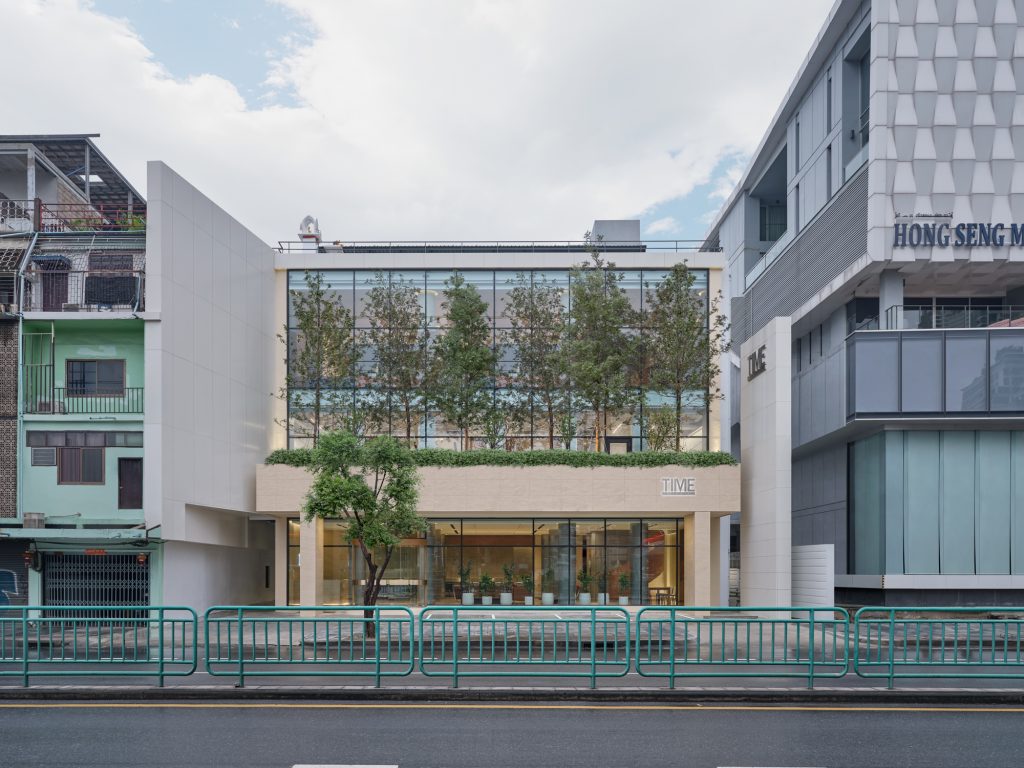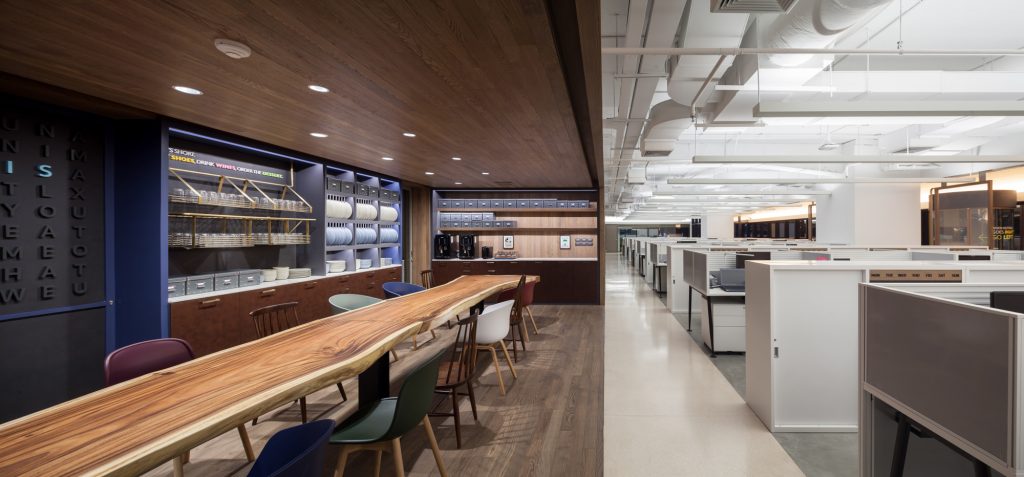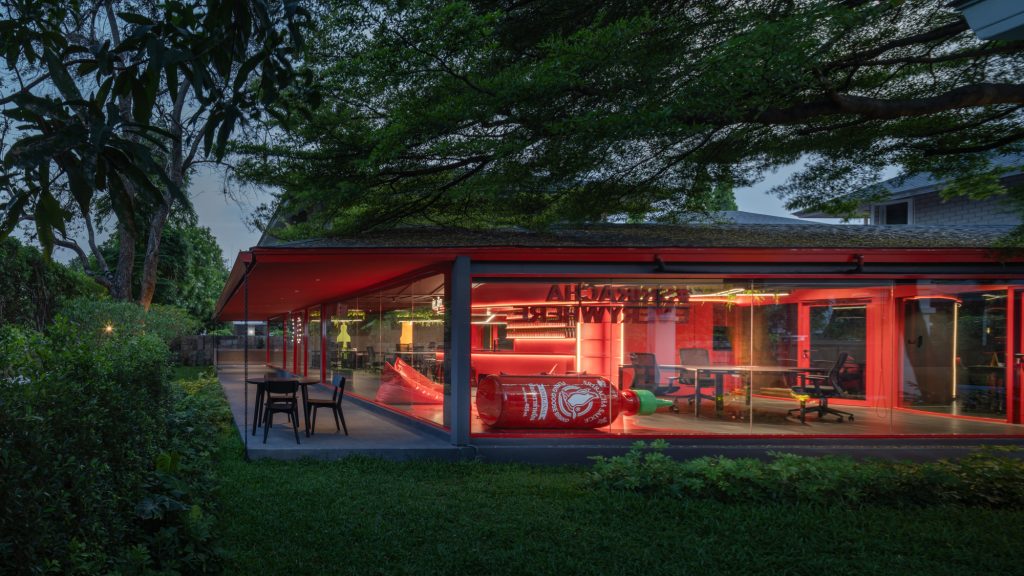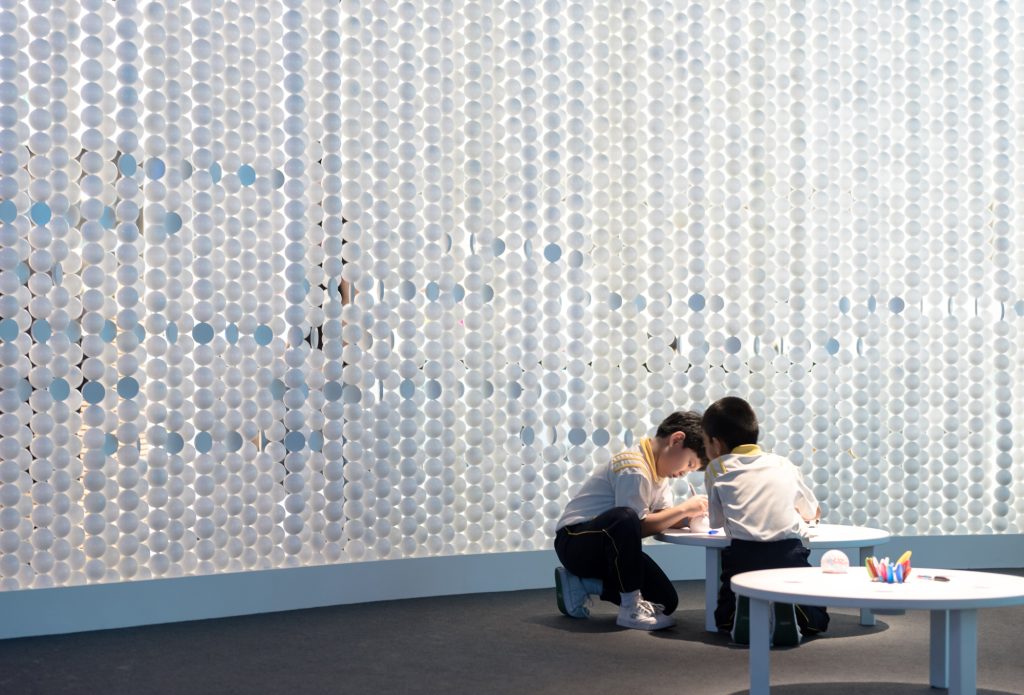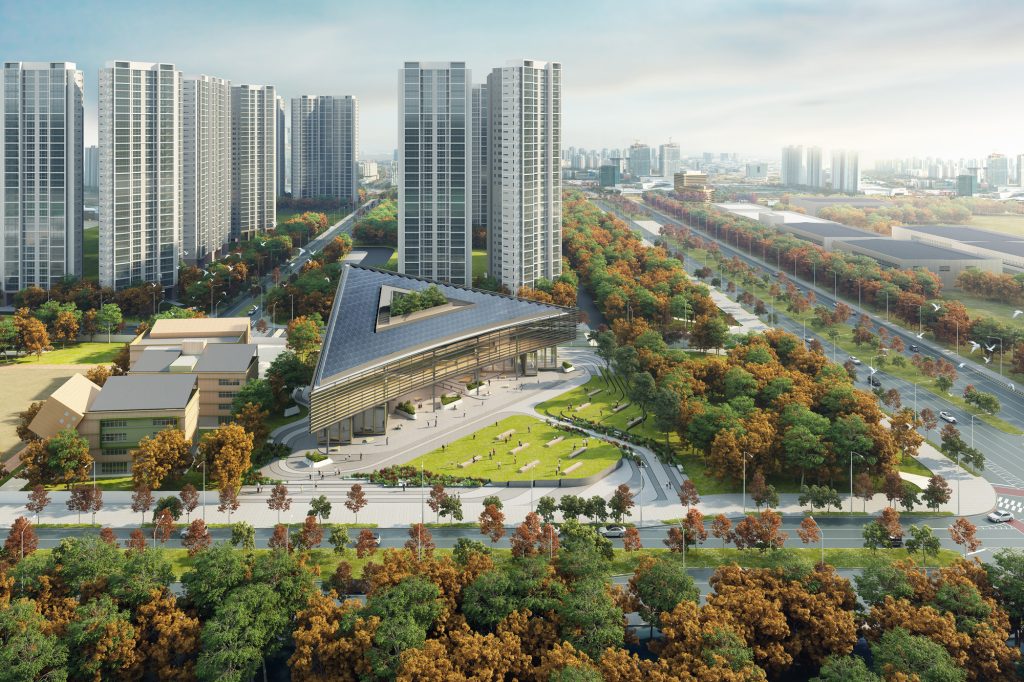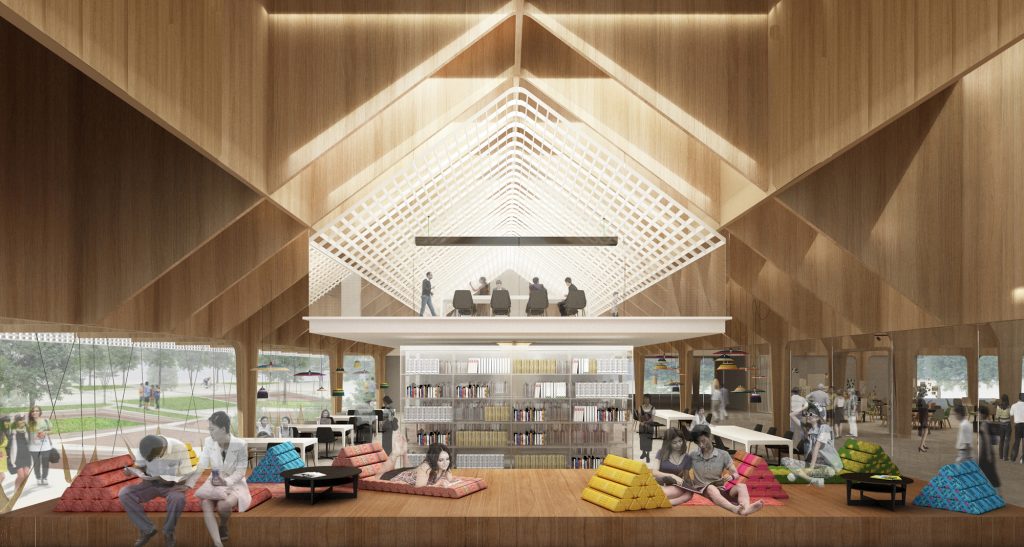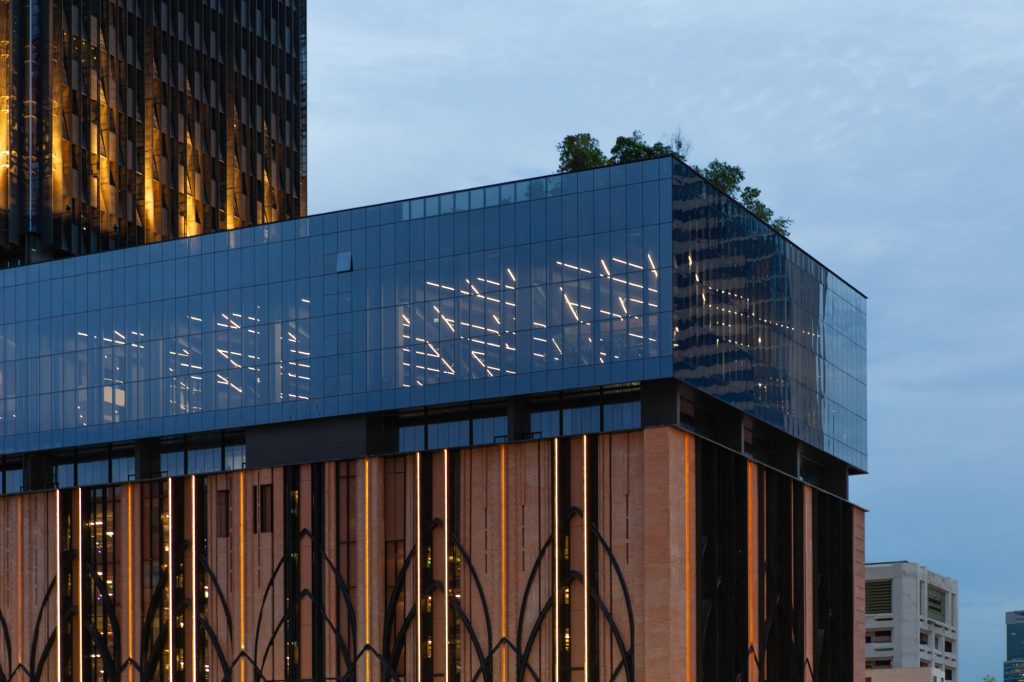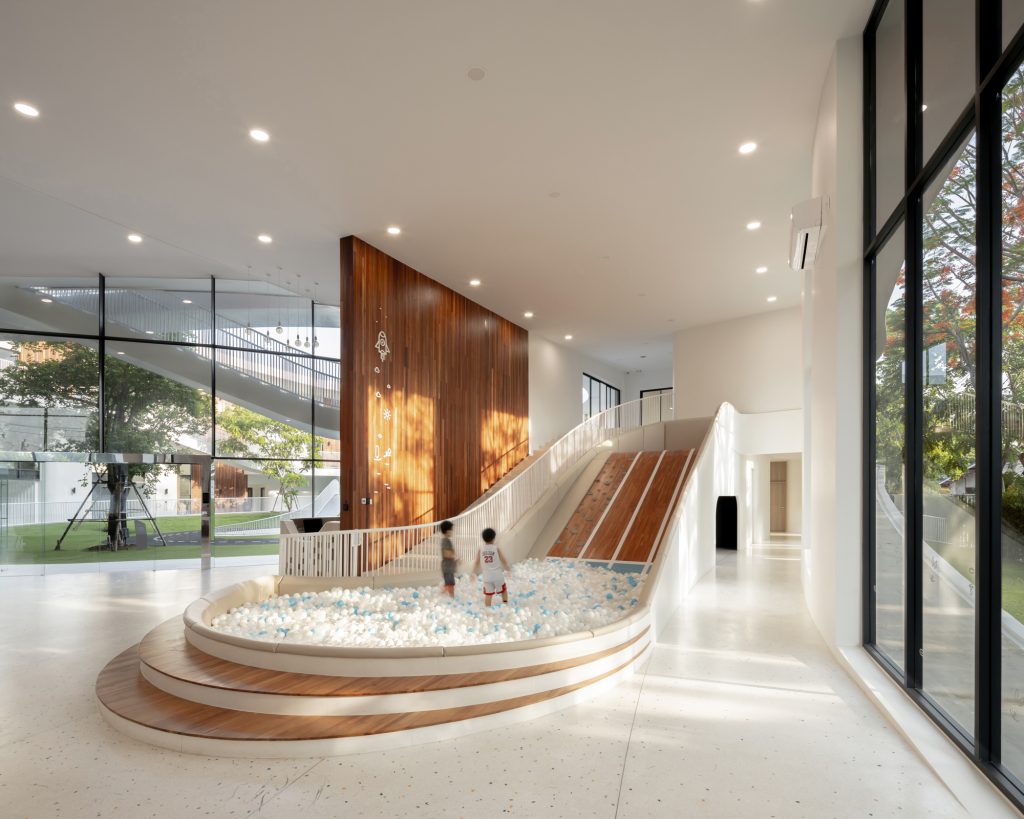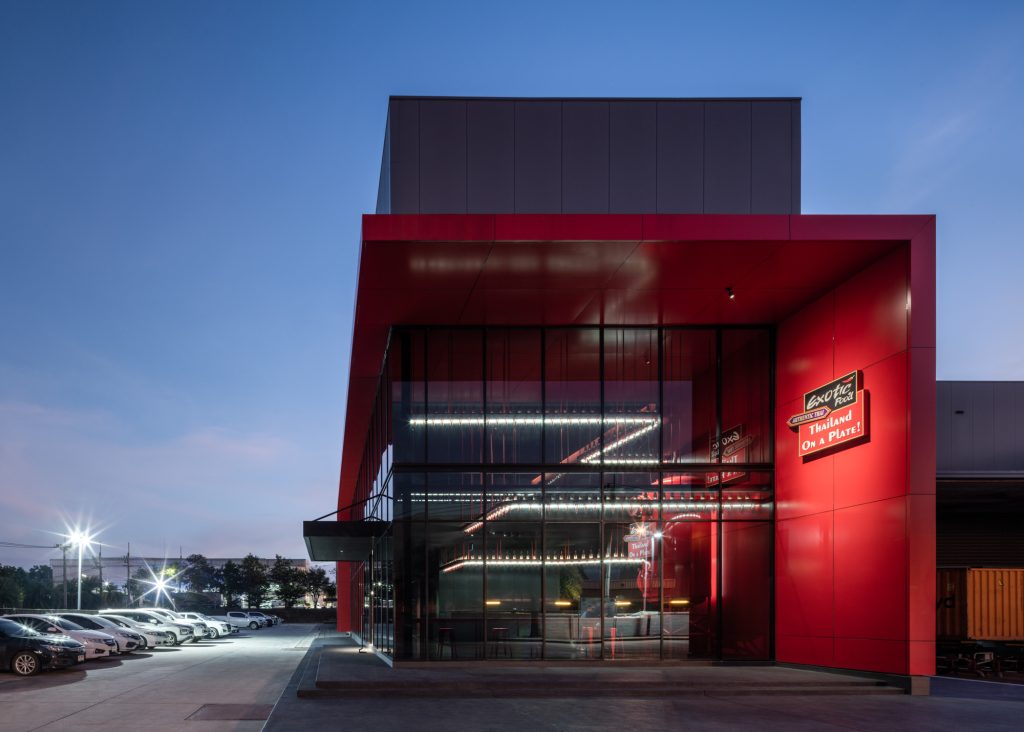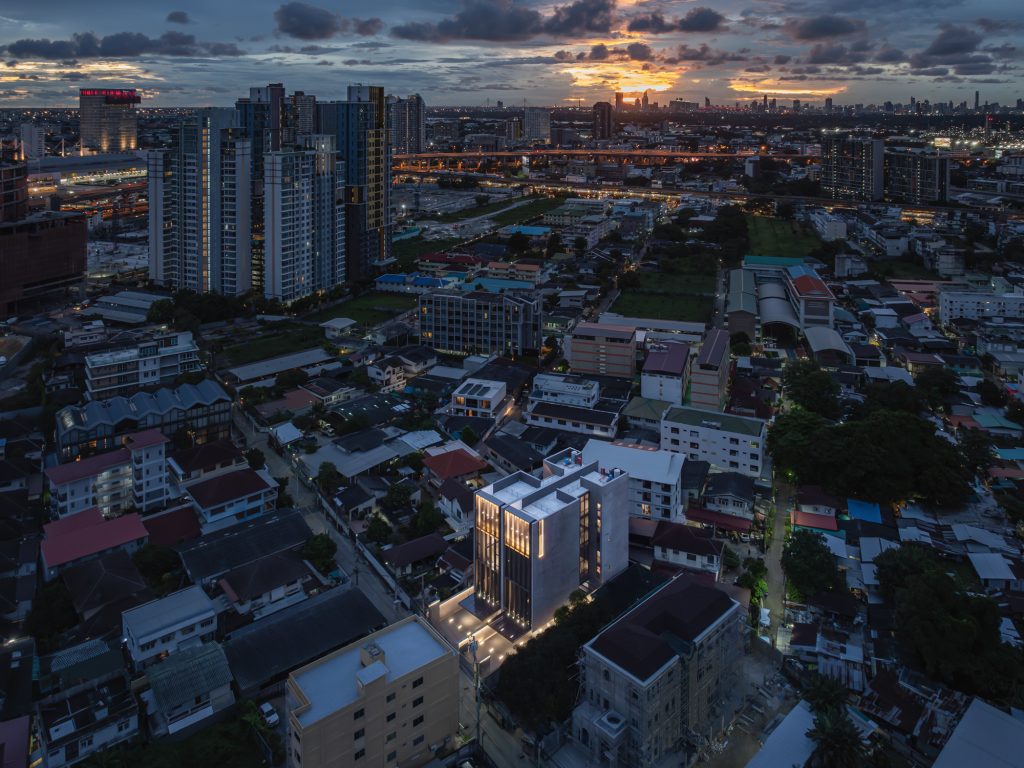Ratchadamnoen Knowledge & Culture Avenue Ratchadamnoen Knowledge & Culture Avenue Ratchadamnoen Knowledge & Culture Avenue Ratchadamnoen Knowledge & Culture Avenue Ratchadamnoen Knowledge & Culture Avenue Ratchadamnoen Knowledge & Culture Avenue
Knowledge Ecosystem
"""Why is Knowledge Important?""
We believe that knowledge is the starting point of opportunities.
""Opportunities"" that allow an individual to improve their quality of life.
""Opportunities"" that enable us to have a better society.
""Opportunities"" that help our country develop.
Knowledge is not only important for certain groups of people, but everyone should have equal access to it. The most important question is: how can we ensure that everyone truly has equal access to knowledge?
In this age of information, many may think it’s easy to access the vast knowledge available on the internet. Even places that serve as knowledge hubs have been designed to cater to specific groups. However, the reality is that basic tools, such as internet access, or even the ability to reach those spaces, are still difficult for certain groups to access.
Creating a ""model"" space for learning must provide ""opportunities"" for people through three main pillars:
1. Increasing Opportunities for Access (Inclusively Accessible)
Knowledge should be spread widely and equally. Architectural access should follow the same principle. The building design ""splits"" various uses, such as classrooms, workshops, music rooms, and libraries, so that people can easily access these spaces from the street. This results in a ""street-side laboratory"" where everyone has the right to participate.
2. Creating Opportunities that Adapt to Change (Flexibility and Adaptability)
We live in a world where knowledge constantly evolves. Therefore, we ask the question: what does “flexibility” mean? It’s not just about adapting space to multiple uses but also about “adaptability” to changing needs. Buildings may need to be cut, extended, or repurposed as contexts change. Thus, the building is divided into smaller, interconnected units that can be altered or adjusted in the future.
3. Using Opportunities to Connect the Building to the Context (Contextually Interconnected)
Architecture should act as a link to the city and its context, creating connections and public spaces that serve the community. The design respects the physical context of Ratchadamnoen Avenue by maintaining continuity and using elements that are related to the surroundings.
Through architectural design that increases opportunities in various aspects of a new learning space, we believe that this ""model"" building is not only a place where people can access knowledge but also a space that expands the opportunities to bring knowledge to the people."
Location
Bangkok, Thailand
ClientsOKMD
Gross Floor Area35,465 Sq.m.
Outdoor Area11,280 Sq.m.
Design Date2021
ArchitectIF (Integrated Field)
Interior DesignerIF (Integrated Field)
Landscape ArchitectSHMA
Lighting DesignerAccent Studio
Structural EngineerMetric Consulting Engineers & Architects
MEP EngineerMetric Consulting Engineers & Architects
















